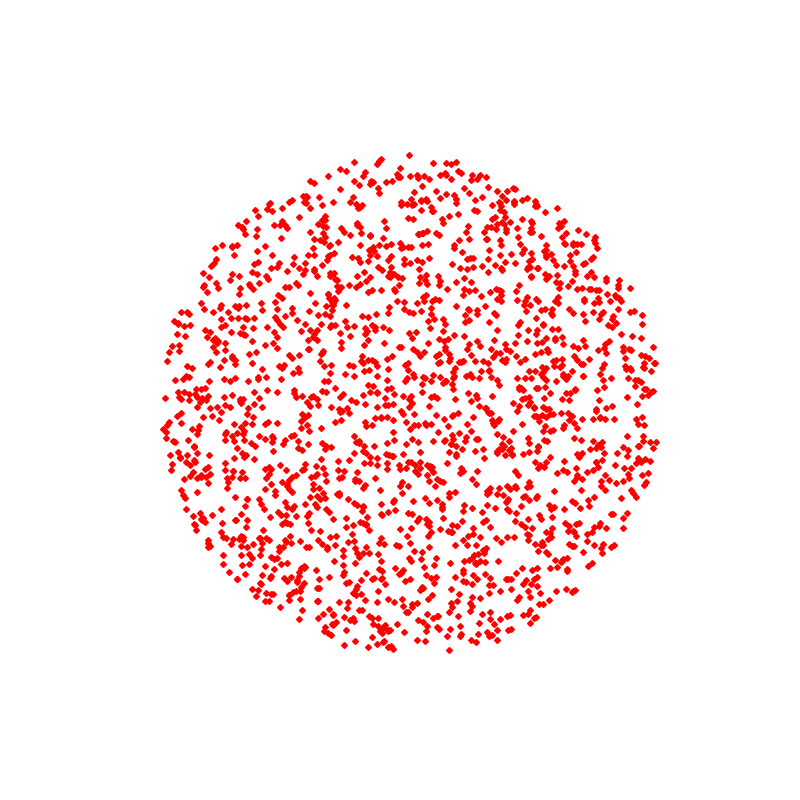Teaching Neural Networks the Laws of Nature: Exploring Physics-Informed Neural Networks (PINNs)




Most machine learning models are data-hungry. They work best when you can feed them mountains of labeled examples and let them grind their way toward a function that “fits” the data.
But in many real-world systems, you don’t have unlimited data. You might only have sparse measurements from a few sensors, or the system itself might be too expensive, dangerous, or time-consuming to simulate at scale.
That’s where Physics-Informed Neural Networks (PINNs) come in.
Instead of learning purely from data, PINNs bake in the laws of physics, mathematical equations we already know to govern the system. This hybrid approach unlocks powerful new ways to model physical phenomena, improve system reliability, and even detect anomalies when things break.
At the heart of a PINN is a neural network trained to approximate a function, say, the position of a mass on a spring over time. Normally, you’d minimise a loss function comparing your predictions to observed data.
PINNs add a second term: the physics loss.
If you know the governing equations (often expressed as partial differential equations, or PDEs), you can check if the network’s predictions satisfy them. If they don’t, you penalise the model.
This dual optimisation pushes the neural network to fit both your measurements and the underlying physical laws, making predictions that “make sense,” even where data is sparse.
A simple example is a mass-spring system, where we can describe motion with a second-order differential equation. A normal neural network might overfit, predicting physically impossible oscillations. A PINN, by contrast, learns to respect the physics, producing realistic behavior with fewer data points.
But the real power emerges in complex, real-world applications where equations are known but unsolvable analytically:
Physics-informed modeling represents a shift in how we build AI systems:
Think of PINNs as a way to combine the predictive power of neural networks with the interpretability and trustworthiness of classical modeling. They’re especially valuable for scenarios where safety, reliability, and accuracy matter as much as raw performance.
Physics-Informed Neural Networks are still an active research area, but they’re already proving their value in high-stakes domains. From replacing faulty sensors to modeling earthquakes, they highlight a broader trend in AI: moving from brute-force pattern recognition toward AI that understands the world it operates in.
The future of machine learning won’t just be about collecting more data. It’ll be about building models that can think like scientists.